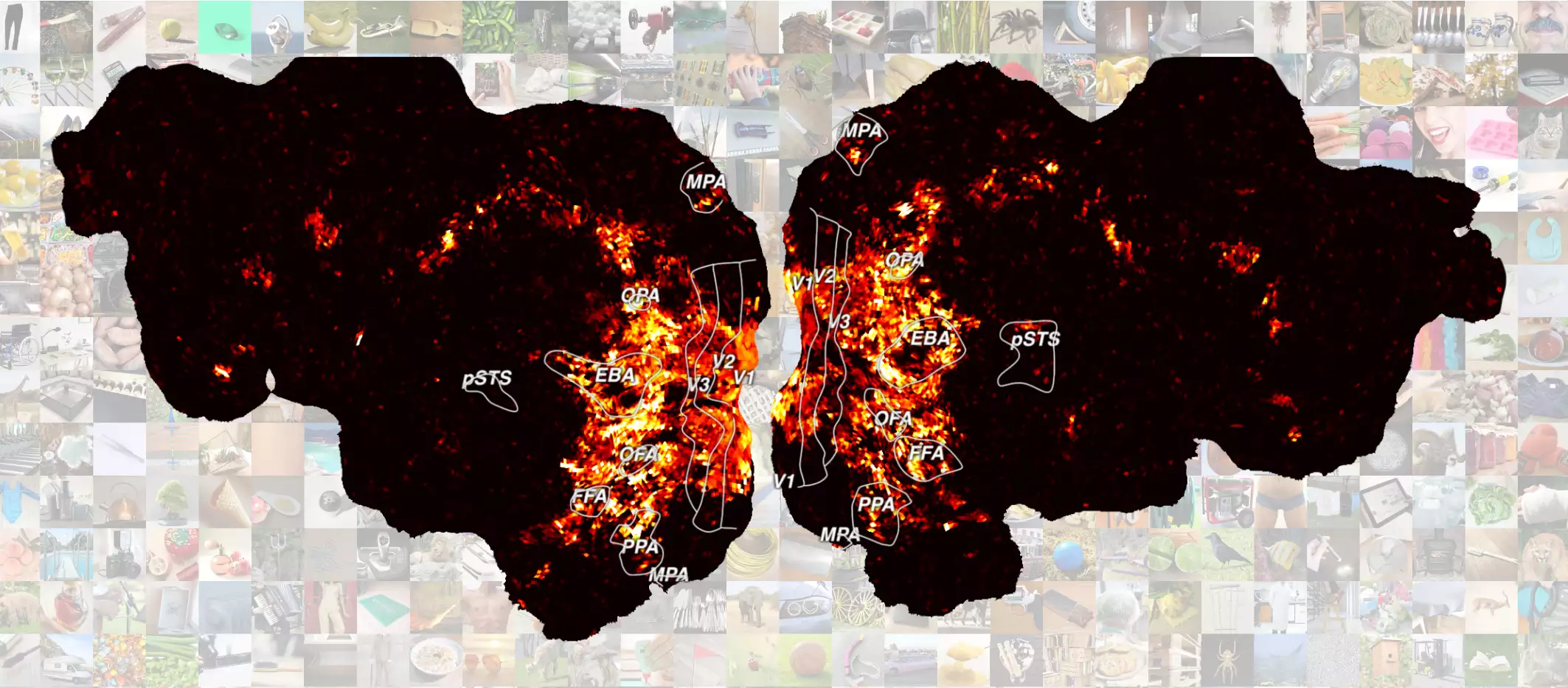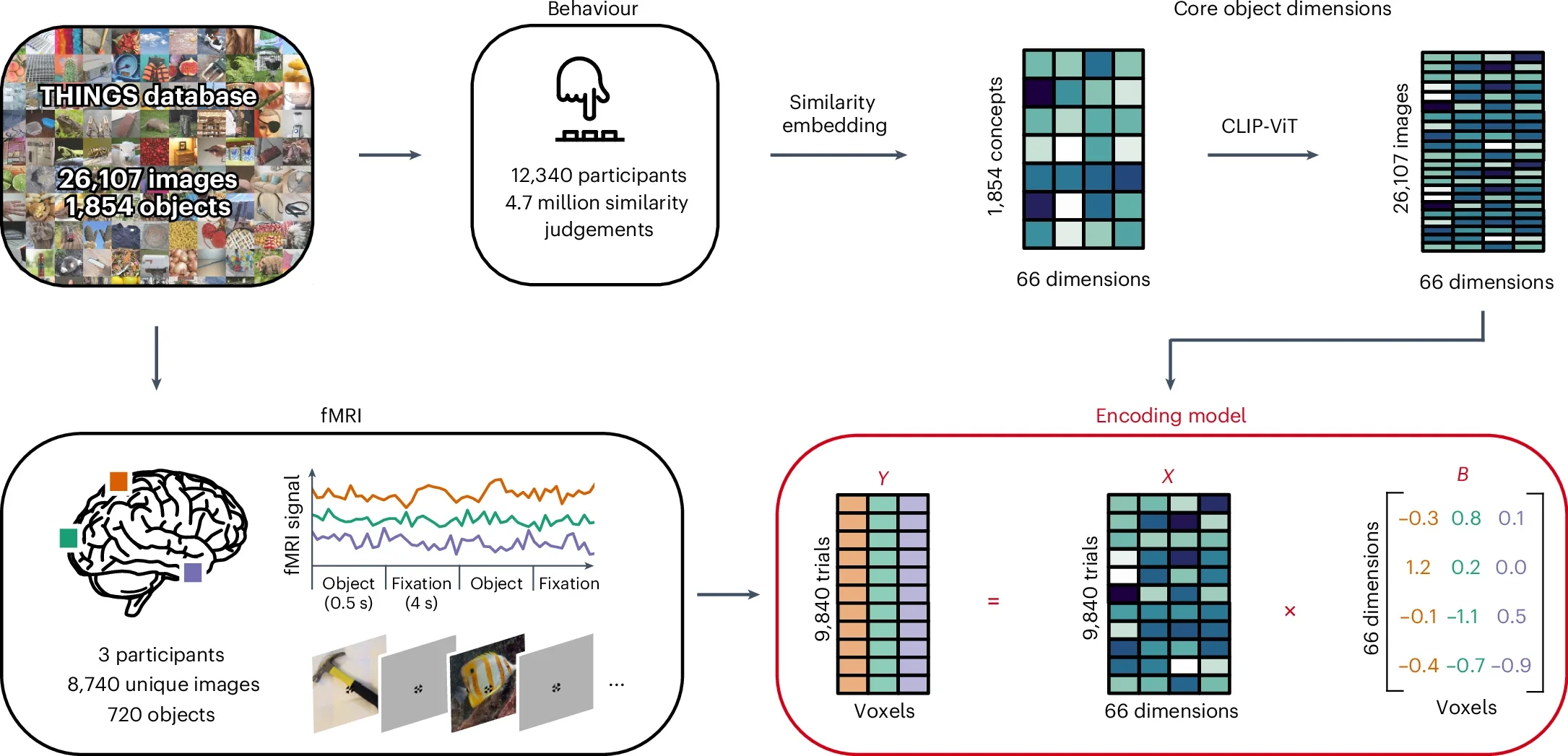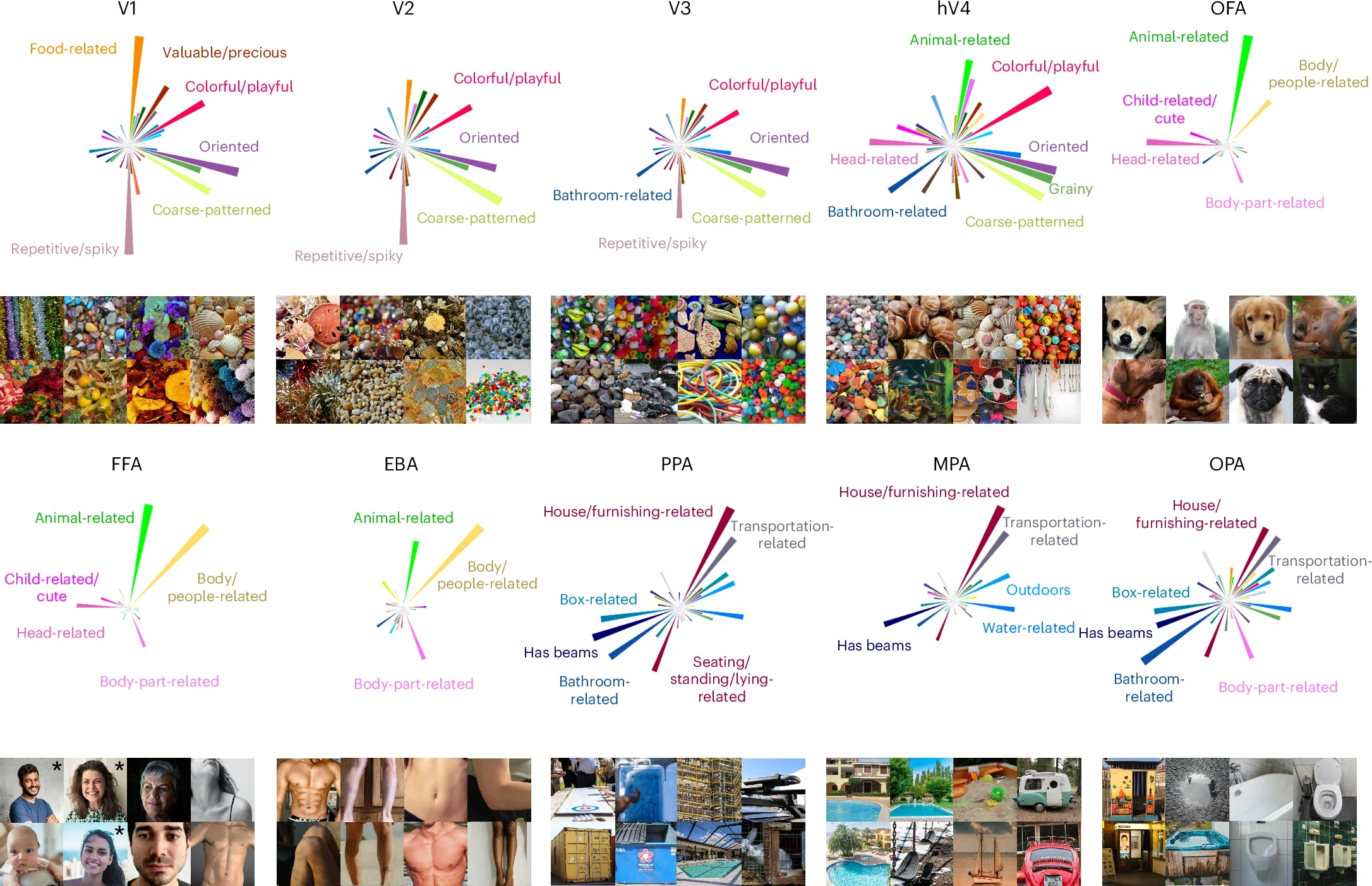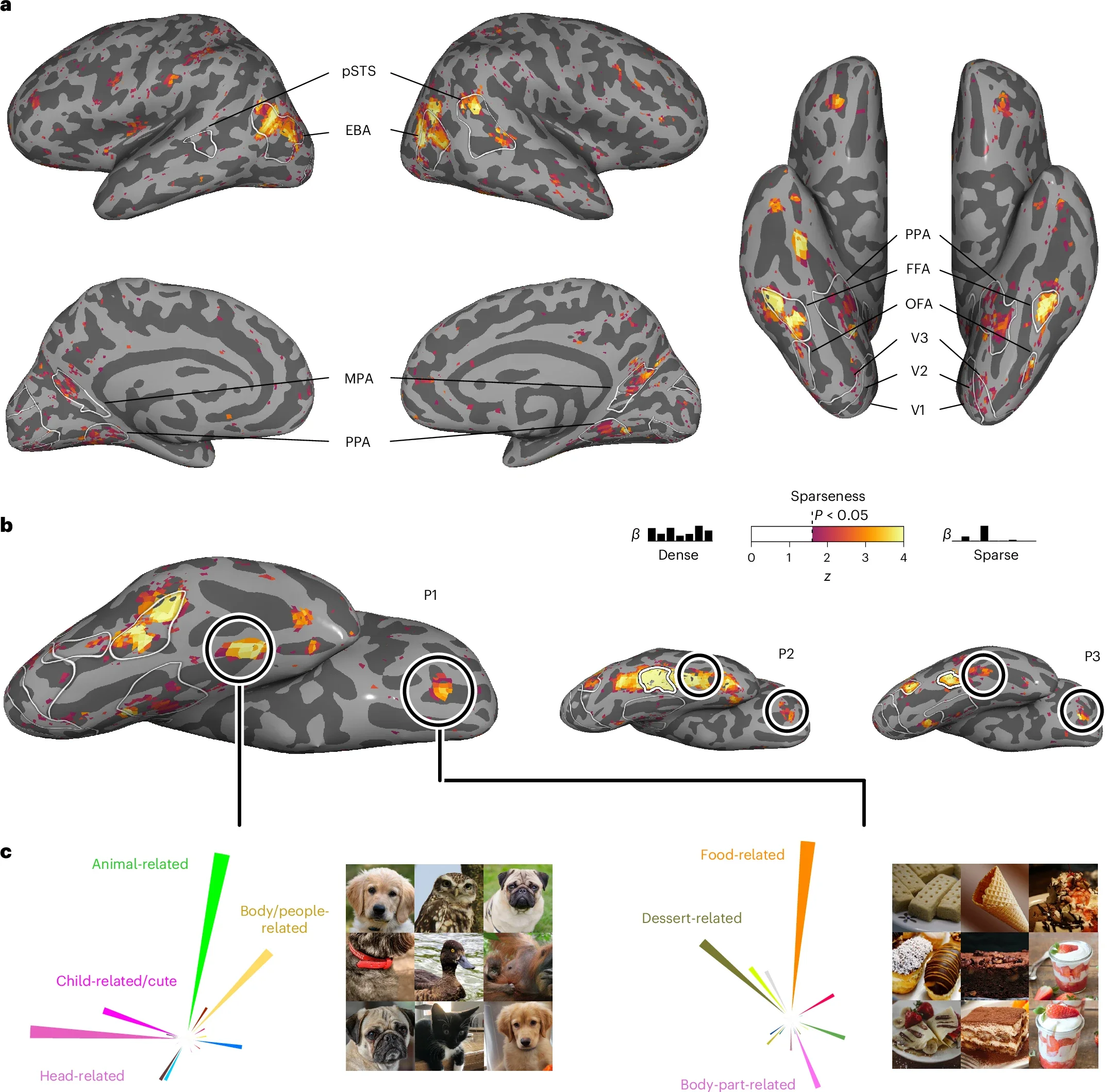Scientists have long believed that the brain’s primary goal in visual perception is to recognize and categorize objects. This view has shaped decades of research into how we process the world around us. But new findings are challenging this perspective, suggesting that object recognition involves far more complexity than previously understood.
A recent study conducted by researchers from the Max Planck Institute for Human Cognitive and Brain Sciences, the Justus Liebig University in Germany, and the National Institutes of Health in the United States reveals that brain activity during object recognition is shaped by a variety of behaviorally significant factors, not just categorization.
Traditionally, the brain’s visual system was thought to function by deconstructing objects into basic features—such as color, shape, and texture—and then piecing these elements back together to identify and categorize them. This step-by-step process has been central to our understanding of visual perception, but the new research suggests it is only part of the story.

According to this view, the ultimate aim is to assign an object to a specific category, like recognizing that a dog is an animal. However, Martin Hebart, a group leader at the Max Planck Institute and professor at Justus Liebig University, explains that their findings challenge this idea.
He states, “Our results have shown that recognition and categorization are important goals of our vision, but by no means the only ones.” Hebart adds that behaviorally relevant signals are found at all stages of visual processing, and these signals extend beyond mere recognition.
The researchers used a computational model to explore the way objects are represented in the brain. They identified 66 different dimensions based on behavioral data gathered from more than 12,000 participants.
Related Stories
These dimensions do more than just help categorize an object as, for example, a dog or an animal. They also explain various attributes like color, shape, and the typicality of an object—such as how typical a dog is as a representative of the animal category.
This broader set of dimensions allows a deeper understanding of how the brain perceives and makes sense of the environment. Hebart notes, “This allowed us to explain much better how our brain enables us to perceive the objects in our environment and understand their meaning.”
The study examined the brain activity of three participants, who were shown over 8,000 different images of 720 objects while in an MRI scanner.

First author Oliver Contier describes the results: “When the participants saw a rocket, for example, we were able to measure from the brain activity that their visual system not only recognized that it was a rocket or that a rocket is a vehicle, but also that it is grey and elongated, has to do with fire, can fly, or sparkles.”
This demonstrates that the brain does not only recognize and categorize objects; instead, it processes a wide array of characteristics, engaging all perceptual processing stages.
This richer, multidimensional approach to understanding visual perception offers insights into how people make sense of what they see. Martin Hebart explains that their work reveals a “multidimensional framework that is consistent with the rich and diverse behavioral relevance of objects.”

Unlike a focus purely on categorization, this approach better captures the broad spectrum of human behavior and the complexity of interacting with the visual world. By considering multiple dimensions, the study shows how perception is not just about knowing “what” something is, but understanding a broader array of attributes that give it meaning in a variety of contexts.
Ultimately, this new perspective on vision can help explain human behavior more effectively than the traditional categorization-focused view. Whether recognizing an object, understanding its properties, or predicting how it might interact with its surroundings, the human visual system is far more dynamic than previously thought.
The findings underline the importance of behaviorally relevant features, which include not just the identity of objects but also qualities like form, function, and context.

This approach provides a clearer understanding of how people navigate the visual complexities of everyday life. Instead of the brain working purely to sort objects into categories, each visual experience involves interpreting numerous dimensions simultaneously.
This insight offers a more complete picture of how perception works, shedding light on how individuals perceive, interpret, and respond to their environment.
Note: Materials provided above by The Brighter Side of News. Content may be edited for style and length.
Like these kind of feel good stories? Get The Brighter Side of News’ newsletter.
The post Groundbreaking study finds that people think in many dimensions at the same time appeared first on The Brighter Side of News.